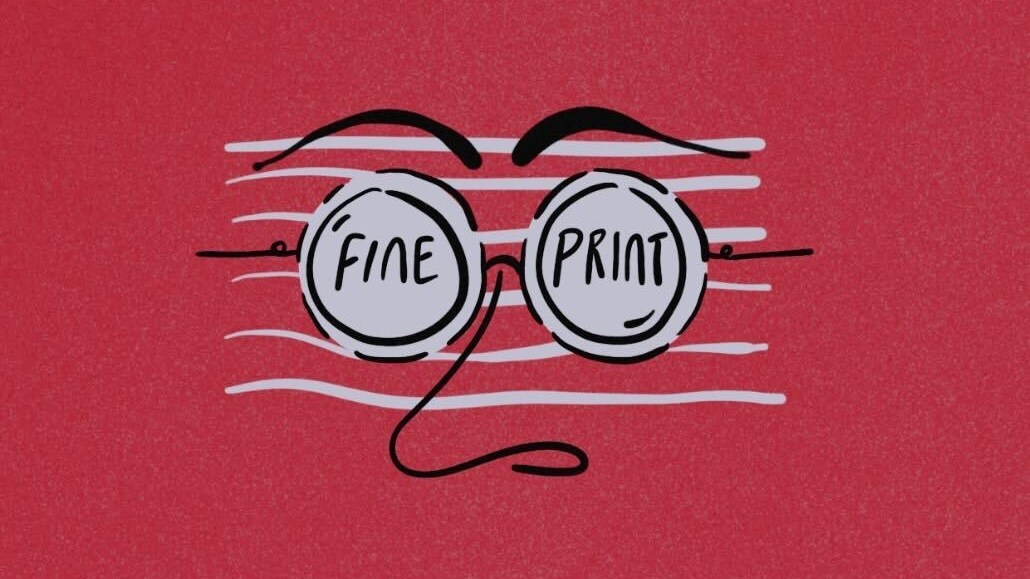Save 50% on a 3-month Digiday+ membership. Ends Dec 5.
SSPs break with the past as push comes to shove in ad tech

Competition in ad tech is ratcheting up, especially among supply-side platforms as leading lights in the sector jostle for differentiation, or even just “stickiness.” In certain cases, this involves exploring new routes to market and new revenue models.
Last year saw the unveiling of OpenPath by The Trade Desk, plus GroupM’s Premium Marketplace — the latter widely regarded as the culmination of years of collective SPO efforts from the industry’s media agencies.
Disintermediation 2.0?
These moves mirror one another, in that both involve the instigators “leapfrogging” their traditional trading partners.
And while each (publicly) maintains such interventions are complementary to historic market dynamics — The Trade Desk asserts OpenPath is a necessary evolution to maintain functional market dynamics — others deem them disruptive in echoes of the disintermediation debate of yesteryear.
Speaking recently with Digiday on the Marketecture Podcast, ad tech commentator Ari Paparo characterized developments such as OpenPath as a potential cause of disintermediation for traditional SSPs. And this is not necessarily a bad thing, argued Paparo, players in the space need to evolve or fall by the wayside.
Ad position: web_incontent_pos1
After all, the recent shuttering of the Yahoo SSP, along with the EMX Digital flameout, is indicative of the current Darwinistic hue in the sell-side of the ad tech sector.
Other players in this field, such as Index Exchange, Magnite, and PubMatic, are repositioning to avoid a similar fate. In recent times, the latter two have explored making use of their recent acquisitions to enhance their propositions to the buy- and sell-side of the market respectively.
Earlier this month, multiple sources told Digiday that Magnite was exploring the option of bypassing DSPs by forging direct relationships with media agencies.
One source with direct knowledge of the development, who declined to be named, reported that this was due to media agencies overtly expressing a desire to “forge deeper, more dynamic relationships with a much smaller set of strategic partners.”
For some, Magnite is in a unique position to make such a move given its 2021 purchase of CTV ad server company Springserve, as this enables media agencies to connect directly to Magnite via server-side ad insertion.
Ad position: web_incontent_pos2
Matt Barash, svp Americas, and global publishing at Index Exchange, told Digiday that SSPs have had direct relationships with media agencies for years but that his outfit would not try to “play both sides” while it continues its evolution away from the “broker-dealer” model.
“We maintain that it’s critical for us to focus on publishers, and while we create a service for buyers, we [are] going to maintain our focus on the sell-side,” he added.
“We will continue to change with the market as holding companies evolve and look to invest in media across different formats away from the open marketplace and into more controlled environments.”
PubMatic moots ‘Access Membership’ fee for publishers
Meanwhile, sell-side sources told Digiday that PubMatic’s next phase of evolution has involved it floating the idea of an “Access Membership program” for publishers whereby they pay a monthly fee. Some could compare such a development to a SaaS proposition, similar to Sovrn’s recently bundled Ad Management and Exchange proposition.
PubMatic declined Digiday’s request to comment on reports of its mooted Access program but sources indicated that this would involve members receiving enhanced access to buyers’ demand outside of its open exchange.
For example, participating publishers would be included in private marketplaces facilitated by PubMatic, a move that’s in contrast to its traditional revenue-share proposition whereby the SSP takes a percentage of the gross bid and the publisher receives the net fee.
For some, this is a natural evolution of the market, as PMPs require significantly more servicing than open exchanges. Separate sources interpreted a potential launch of a membership program as the realization of PubMatic’s purchase of Martin. This 2022 deal, reportedly worth $45 million, was in response to the SSP’s buy-side customers requiring further SPO capabilities.
PubMatic CEO Rajeev Goel said in a press release about the deal that the purchase would “solidify our position as the platform of choice for buyers, and in turn, bring greater advertising revenue to our global publisher base.”
‘The opposite of commoditization’
Ratko Vidakovic, founder of consultancy service AdProfs, told Digiday that most of the industry’s leading independent SSPs are positioning themselves in a manner that achieves “stickiness,” not necessarily differentiation.
“That appears to be the name of the game in the SSP market, as it’s the opposite of commoditization,” he added. “They’re trying to make attractive offerings to the buy-side, specifically agencies, as it insulates them from disintermediation to some extent.”
Lulu Phongmany, an ad tech consultant with extensive sell-side experience, told Digiday such developments are important as SSPs need to move beyond their traditional role of supplying unique inventory.
“The curation piece is easy, you should be able to do that with your platforms,” she said, adding that it’s crucial for platforms (be they a “legacy DSP” or “legacy SSP”) to help curate inventory with first-party data, a task such players have historically struggled with.
“If you don’t have that, then are you really bringing anything to the table?” she added. “If you’re curating inventory, then you’re just an SSP, you have to be curating audiences if you want to be doing anything for big brands.”
More in Media

What publishers are wishing for this holiday season: End AI scraping and determine AI-powered audience value
Publishers want a fair, structured, regulated AI environment and they also want to define what the next decade of audience metrics looks like.

Digiday+ Research Subscription Index 2025: Subscription strategies from Bloomberg, The New York Times, Vox and others
Digiday’s third annual Subscription Index examines and measures publishers’ subscription strategies to identify common approaches and key tactics among Bloomberg, The New York Times, Vox and others.

From lawsuits to lobbying: How publishers are fighting AI
We may be closing out 2025, but publishers aren’t retreating from the battle of AI search — some are escalating it, and they expect the fight to stretch deep into 2026.
Ad position: web_bfu





